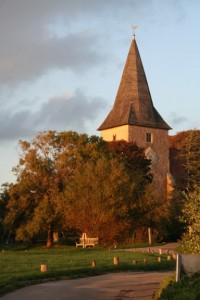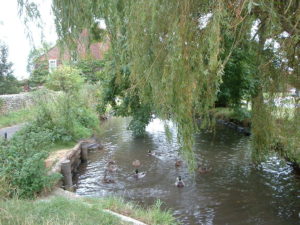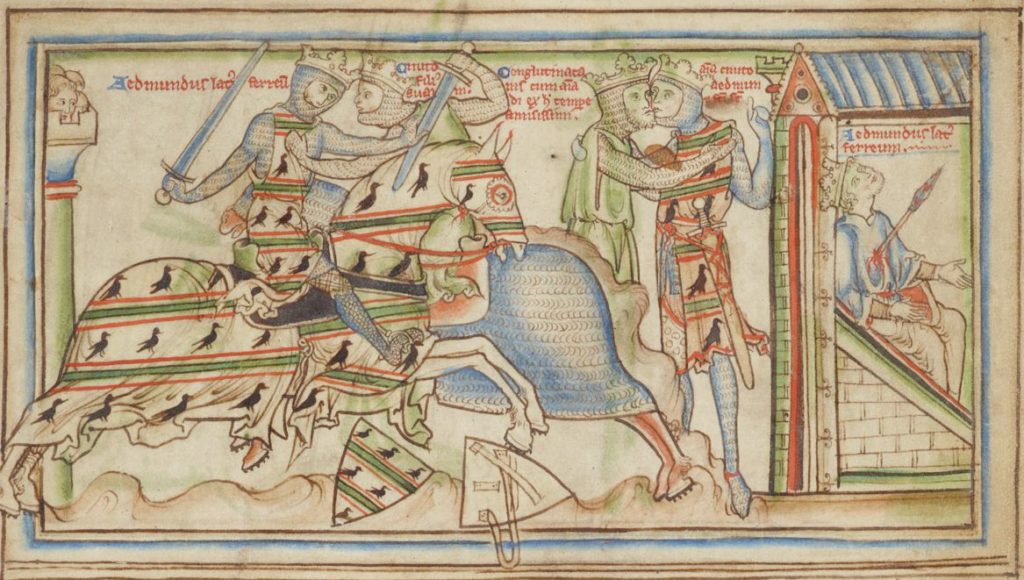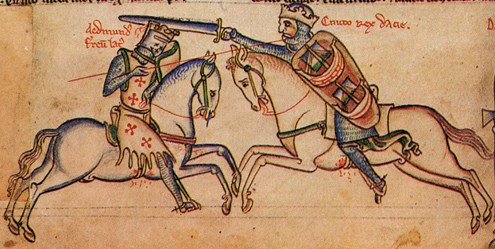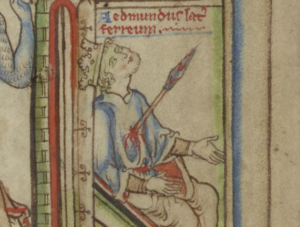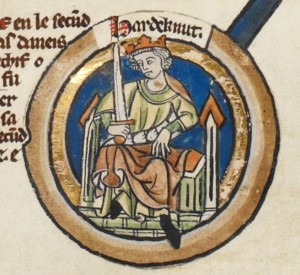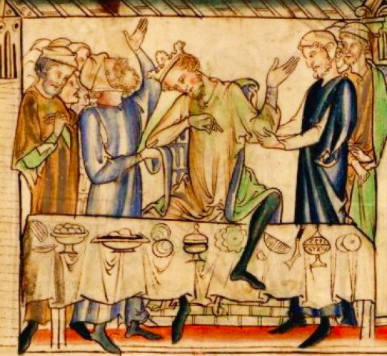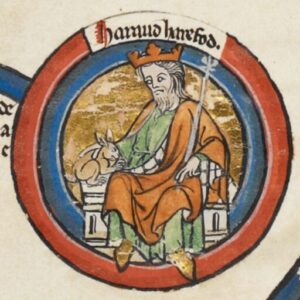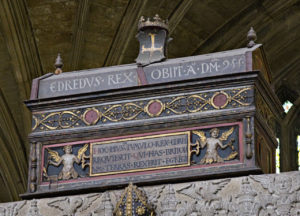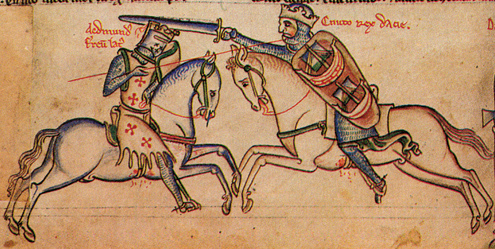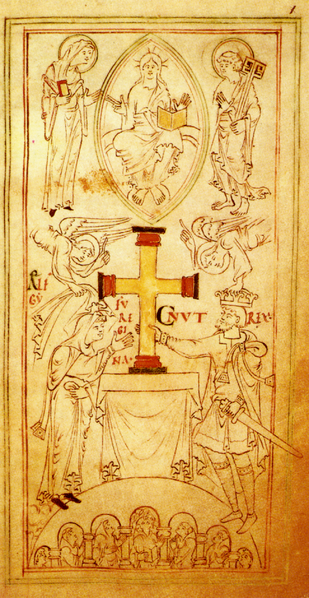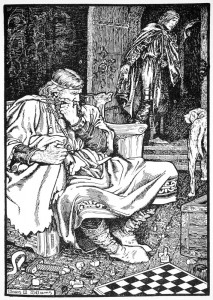
In the year 1016, King Edmund Ironside had died on November 30, leaving Canute (or Knut) as reigning monarch over all of England. The Danish king was the beneficiary of the Treaty of Olney granting survivorship to one or the other, and he took over his inheritance without undue resistance. Canute was crowned in London on Christmas Day, with recognition by the nobility at Oxford the following month. But let’s face it: Canute didn’t do it alone. Without the support of his Jarls, the tempestuous year of five battles could easily have gone the other way.
Ulf Thorgilsson was one of Canute’s most trusted Jarls and accompanied him to England during his great invasion of 1016. Legend has it that Ulf got lost in the forest while pursuing Saxons after the battle at Sherstone. He stumbled across young Godwine and offered him a gold ring in exchange for escorting him back to the ships. Seeing an opportunity, Godwine returned the ring and agreed to act at Ulf’s guide. He never looked back. It so happened that Ulf was married to Canute’s sister Estrid, and incidentally (or maybe not, to Godwine), he was brother to Gytha who became Godwine’s wife.
Once Canute was comfortably settled on the throne, he dismissed the bulk of his mercenary forces (after raising a huge Danegeld—or stern geld—of 82,500 pounds). Ulf went back to Denmark and acted as Canute’s regent for many years. In 1026, Canute brought over his eight year-old son Harthacnut to represent the crown as Denmark’s future king under the tutelage of Ulf. Unfortunately, this is when the trouble started.
Canute’s extended absence rankled his countrymen, and when the Swedish king Anund Jakob and the Norwegian king Olaf II decided to invade Denmark, Ulf persuaded the provinces to elect the child as king—with him as de facto ruler, of course. Canute was not amused. Some men say Ulf actually joined forces with the invaders, though there is no agreement on this. The King returned to Denmark with a fleet and promptly went after the raiders, chasing them down and engaging in a naval battle at the estuary of a river called Helgeå in Sweden. Olaf nearly crushed Canute by a clever stratagem of releasing a deluge of water onto his fleet, but Ulf came to the rescue and helped defeat the enemy. Alas, this was not enough to save him.
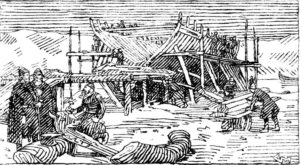
Although Canute did not hold his son responsible for usurping the throne, he was still furious with Ulf. As the legend goes, after a celebratory feast at Roskilde, Canute and Ulf argued over a game of chess. When a frustrated Ulf got up to leave, Canute jeered after him, “Are you running away, Ulf the coward?” The Jarl turned with his retort, “You would have run, if you could, at Helge River. Then, you didn’t call me Ulf the coward, when I saved you from the Swedes who were beating you like dogs.”
As you can imagine, this insult could not go unpunished. The following day, on Christmas of 1026, Canute ordered one of his housecarls to kill Ulf while at prayer in the local Trinity Church. Or so goes the legend. I can only imagine that Godwine was horrified, and you can read about this and the aftermath in GODWINE KINGMAKER.
